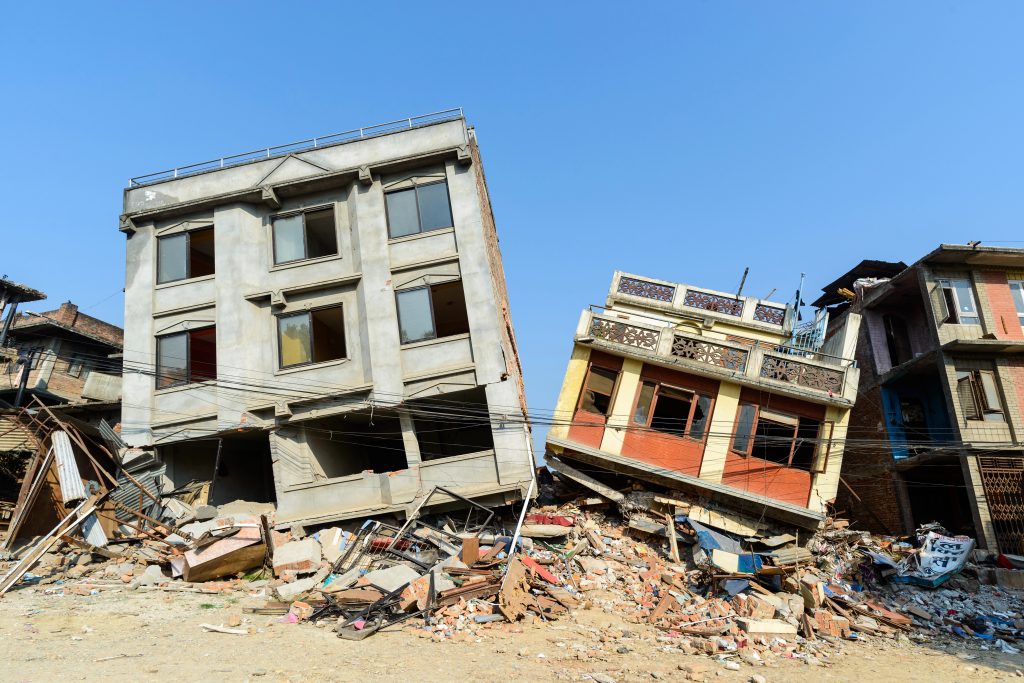
“Earthquakes remind us that the ground beneath our feet is never truly still.” That’s the message echoing across the Pacific Northwest after over 400 small quakes recently rippled beneath Mount Rainier Washington’s iconic, snowcapped volcano. If you’ve seen the headlines or felt a flutter of worry, you’re not alone. But what’s really going on under the mountain, and what should locals and adventure-seekers know right now?
Here’s what’s making this seismic activity so intriguing: it’s the biggest swarm at Rainier in over 15 years, and it’s set off both scientific interest and a flurry of safety tests. Explore the seven most revealing facts on the Rainier quake swarm, and find out what the experts are really saying about risk, preparedness, and the science under the summit.

1. The Swarm: Over 400 Quakes But All Small
Since early Tuesday morning, Mount Rainier has been shaking quietly with scores of small earthquakes. The biggest one? Just a magnitude 2.4 so small that nobody noticed a thing. In fact, most of the quakes occurred 1.5 to 4 miles below the summit and were too feeble to jiggle windows or do any harm. As the USGS succinctly puts it, “There is no indication that the level of earthquake activity is cause for concern.”
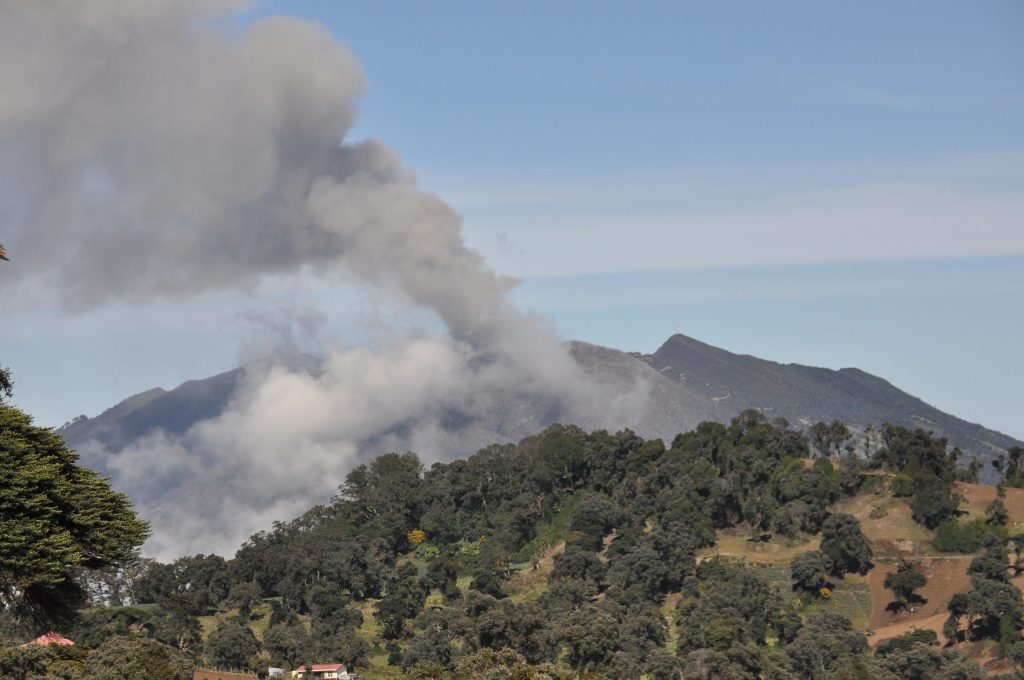
2. Why So Many Quakes? It’s Not an Eruption Alarm
The origin of this flurry of seismic activity is intriguing but not scary. While the experts tell us it’s probably caused by hot fluids traveling through existing faults beneath the mountain, a process that’s actually quite typical at Rainier, the swarm is larger than most. As the USGS describes it, “Swarms typically occur 1-2 times per year at Mount Rainier but are usually much smaller in terms of number of events.”
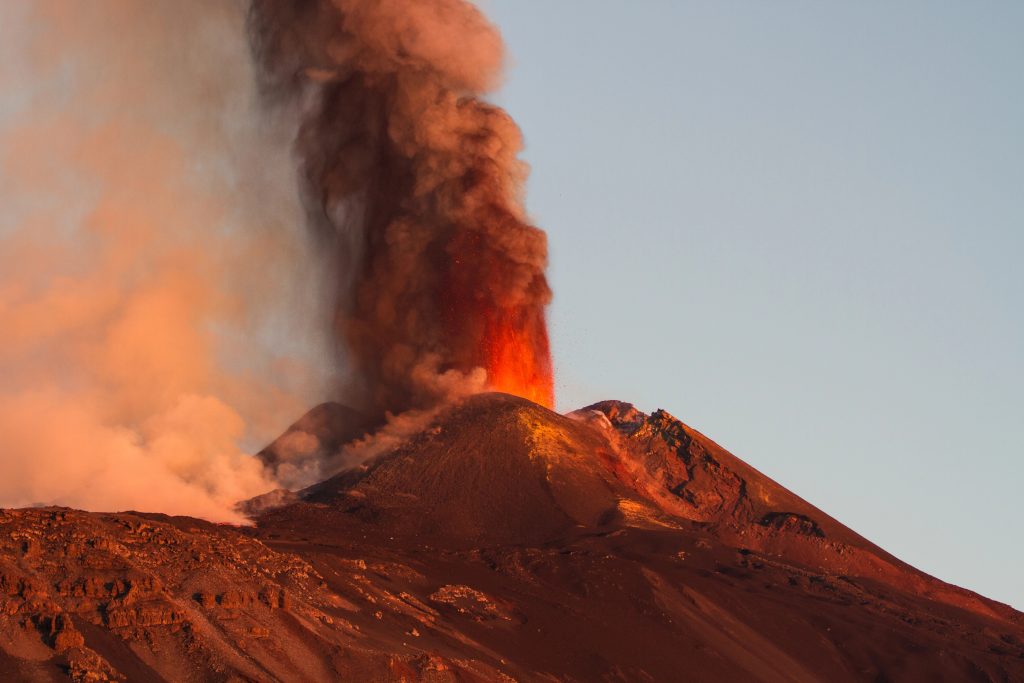
3. Seismic Swarms: The Norm for Volcanoes
Earthquake swarms aren’t unique to Mount Rainier swarms are just a normal aspect of life for a lot of volcanoes globally. The swarms can be caused by anything from the movement of fluids to jammed magma, and may or may not precede an eruption. And it turns out that the presence or lack thereof is only one of the many factors scientists need to predict volcanic activity. As the study observes, “the initiation of earthquake swarms close to a volcano does not always signal an impending eruption, nor does their absence rule out an eruption from taking place.”

4. The Science of Monitoring: Sensors, Networks, and Real-Time Data
Mount Rainier is under the keen eye of an advanced seismometer network. Once the swarm started, scientists added additional sensors to better understand what’s occurring beneath the surface. They enable real-time monitoring and assist experts in differentiating between typical background activity and anything really unusual. The USGS emphasizes that to monitor high-threat volcanoes accurately, a strong network typically 12 or more seismometers in 20 km is necessary.
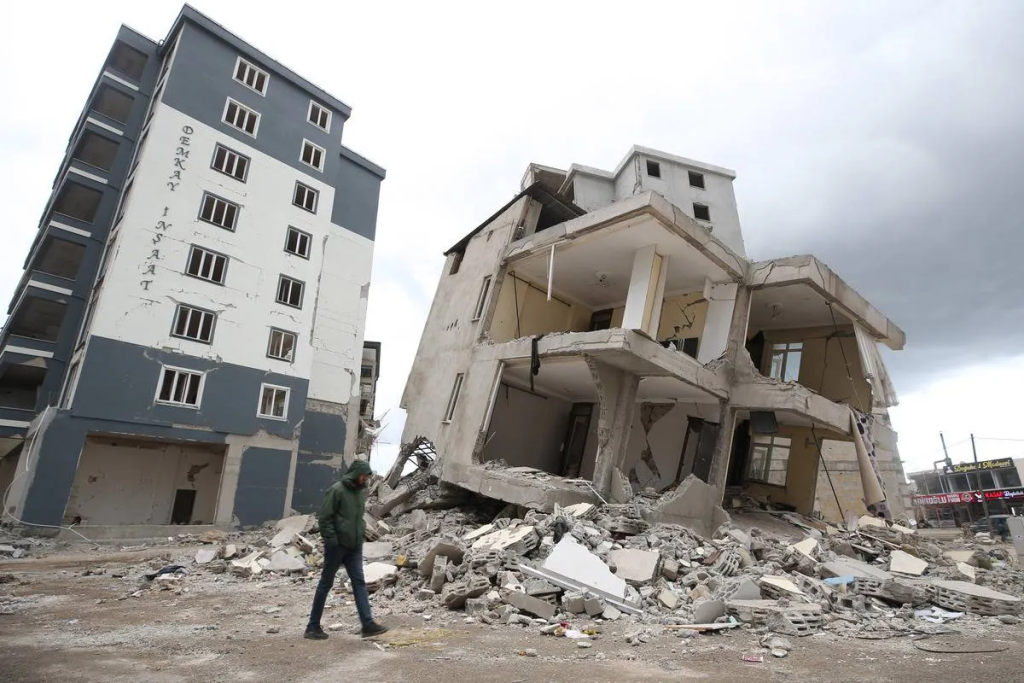
5. Local Effect: Increased Awareness, Not Hype
All the hype aside, the real effect on day-to-day life has been negligible. No loss of electricity, no shattered glass, and no disruption of summer hiking or tourism. Nevertheless, the quake has caused the local schools to perform earthquake drills and emergency managers to discuss evacuation procedures. For others, it’s a good reminder that living on the flanks of a volcano entails being ready for anything regardless of whether the mountain is quiet.
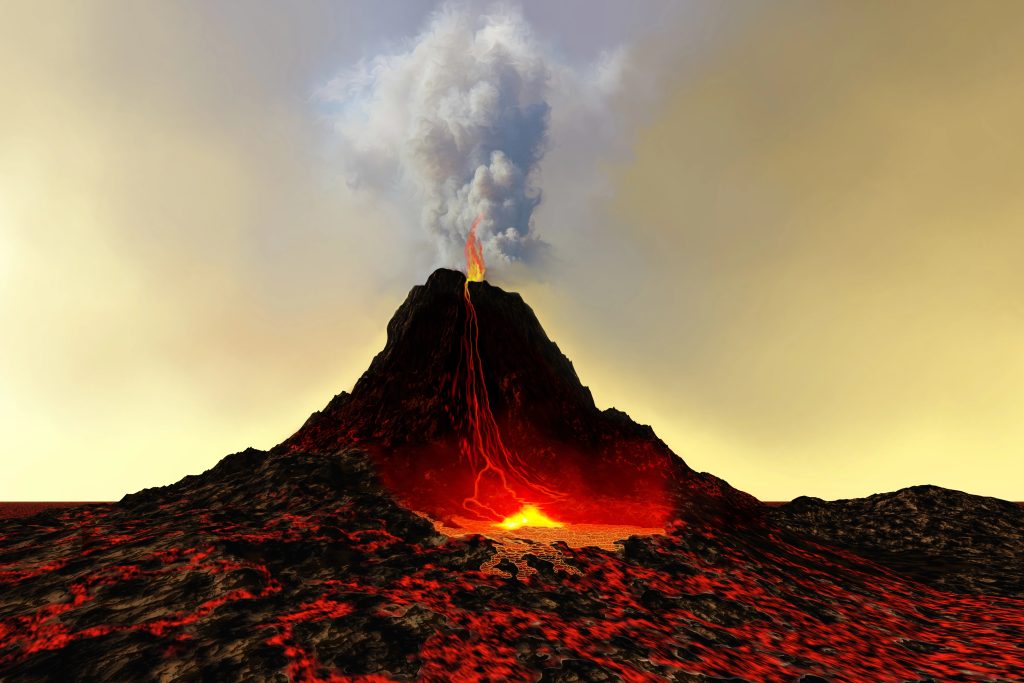
6. Risk of Eruption? Still Green, Still Safe
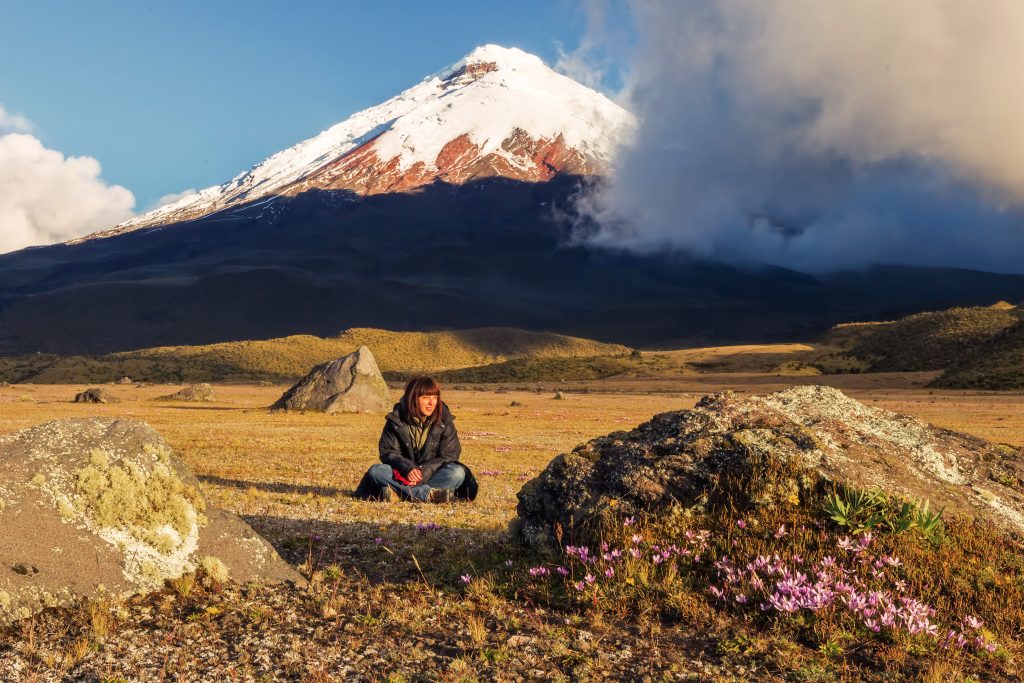
With all the talk, one is quick to ask: is there an eruption on the way? The scientific answer is a definitive no. The volcano’s alert level is still at green, and there is no evidence of ground deformation or increasing magma. As the USGS posted on Twitter, “There is no indication that the level of earthquake activity is cause for concern,” and this activity is “background.” Life on Rainier, for the time being, continues on as normal.
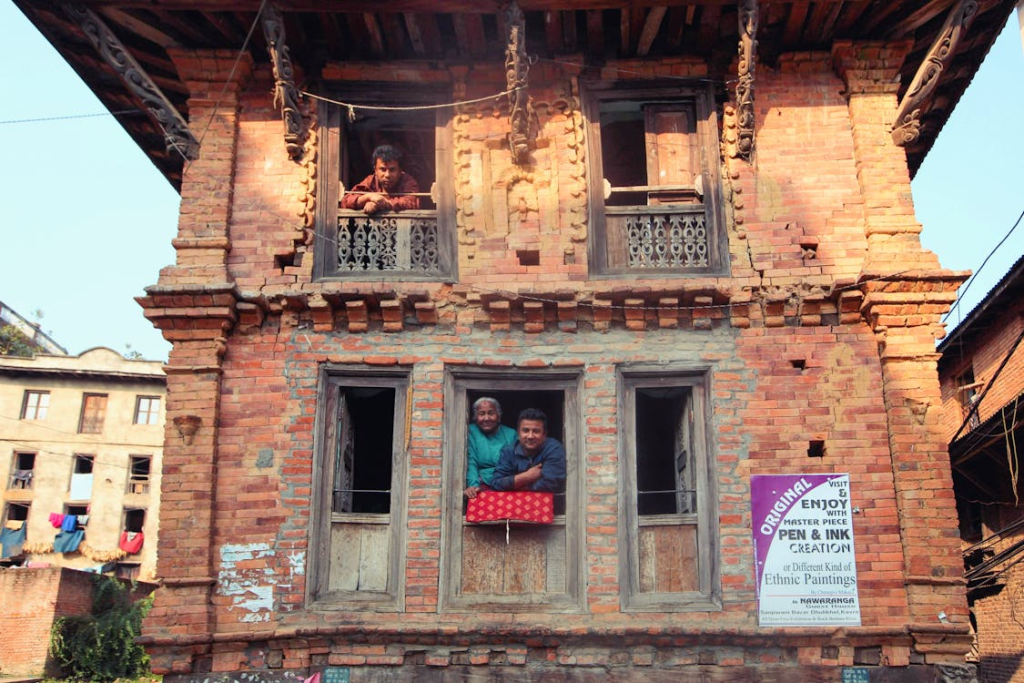
7. What Residents and Visitors Should Do Now
This swarm is a perfect nudge to check your readiness. Experts recommend the basics: secure heavy furniture, keep an emergency kit stocked, and know your evacuation routes. Sign up for local emergency alerts, and if you’re heading to the mountain, bring an emergency radio. Most importantly, review your family’s emergency plan so everyone knows what to do if the ground ever does start to shake.

Mount Rainier’s most recent earthquake swarm is a news headline, but not a warning sign. The science indicates business as usual for the active, well-checked volcano. For both locals and tourists, the actual message is one of awareness and readiness because living in the shadow of a giant is about remaining prepared, not anxious. And with world-class monitoring on station, the Pacific Northwest can remain calm, even when the mountain grumbles.


